ASTM A516
It is a carbon steel specification primarily designed for moderate and low-temperature pressure vessel applications.
Descriptions
1. Chemical Composition
ASTM A516 is divided into four grades (55, 60, 65, 70), with Grade 70 being the highest strength variant. The chemical composition (weight %) for Grade 70 is as follows:
| Element | Content (%) |
| Carbon (C) | ≤0.27 |
| Manganese (Mn) | 0.85-1.20 |
| Phosphorus (P) | ≤0.035 |
| Sulfur (S) | ≤0.040 |
| Silicon (Si) | 0.15-0.40 |
| Nickel (Ni) | ≤0.25 (optional for improved toughness) |
| Chromium (Cr) | ≤0.25 |
| Molybdenum (Mo) | ≤0.08 |
| Iron (Fe) | Balance |
2. Mechanical Properties
Mechanical properties vary by grade and heat treatment. Typical values for Grade 70 normalized forgings include:
| Property | Value |
| Tensile Strength | 485-620 MPa(70-90ksi) |
| Yield Strength | 260-415 MPa(38-60 ksi) |
| Elongation (50mm) | 17-22% |
| Hardness | 130-180 HB (Brinell) |
| Impact Energy (Charpy V-notch) | ≥20 J(15 ft-1b) at -46°C(-50°F) |
3. Key Advantages
Low-Temperature Toughness: Excellent impact resistance down to -46°C (-50°F).
Weldability: Compatible with SMAW, GTAW, and SAW processes.
Cost-Effective: Balances performance and affordability for pressure applications.
4. Limitations
Limited High-Temperature Use: Maximum service temperature ~450°C (840°F).
Corrosion Susceptibility: Requires coatings or alloys for corrosive environments.
Lower Strength vs. Alloy Steels: Outperformed by ASTM A387 in high-pressure/high-temperature scenarios.
Recent products
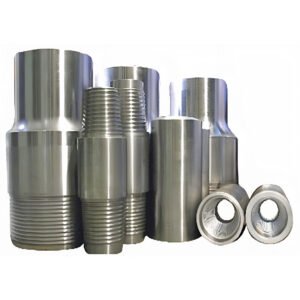
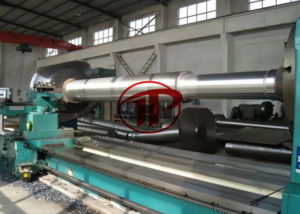
Hydropower Main Shaft Forging
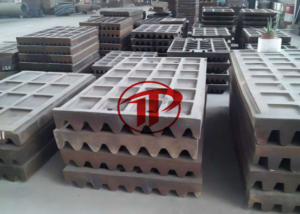
Jaw Plate
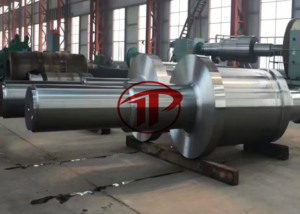
Turbine Rotor Forging
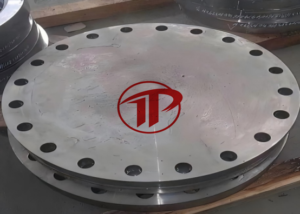
Heavy-Duty Gas Turbine Disc Forging
CONTACT US
Address
B-2007,Chuanmei Building,Taishan Street,Taian City,Shandong, China
Call Us
+86 0538 6368027
Email Address
Sales@tiptopforging.com
Standards & Certifications
ASTM A516/A516M: Standard specification for pressure vessel plates.
ASTM A788: Standard for steel forgings, general requirements.
ASME SA-516: Compliant with ASME Boiler and Pressure Vessel Code.
Applications
a. Pressure Vessels & Storage
LNG Storage Tanks:
Forged shells, heads, and nozzles for cryogenic liquefied natural gas (LNG) storage at temperatures as low as -162°C (-260°F).CO₂ and Ammonia Vessels:
Components for carbon capture and refrigeration systems requiring low-temperature toughness.
b. Pipeline & Refinery Equipment
Pipeline Flanges and Fittings:
High-pressure forged flanges for transmission lines in harsh climates.Heat Exchangers and Reactors:
Forged headers and tube sheets in refinery processing units.
c. Offshore Platforms
Subsea Manifolds and Valves:
Pressure-retaining parts for deepwater oil extraction systems.Cryogenic Pump Housings:
Components for LNG transfer pumps on floating production units.
a. Mineral Processing Systems
Thickeners and Clarifiers:
Forged shafts and support structures for slurry processing equipment.Autoclave Reactors:
High-pressure vessels for gold and copper ore processing.
b. Material Handling
Slurry Pump Casings:
Wear-resistant forgings for abrasive slurry transport systems.Hydraulic Press Components:
Cylinders and pistons for briquetting machines in coal processing.
c. Infrastructure & Safety
Mine Shaft Pressure Seals:
Forged rings and plates for ventilation and water control systems.Emergency Gas Storage Tanks:
Low-temperature tanks for methane capture in underground mines.
Pressure Vessels: Shells, heads, and nozzles for liquefied gas storage (LNG, CO₂).
Power Generation: Boiler drums, steam headers, and turbine components.
Chemical Processing: Reactors, heat exchangers, and distillation columns.
Cryogenic Systems: Components operating below -45°C (-50°F).

